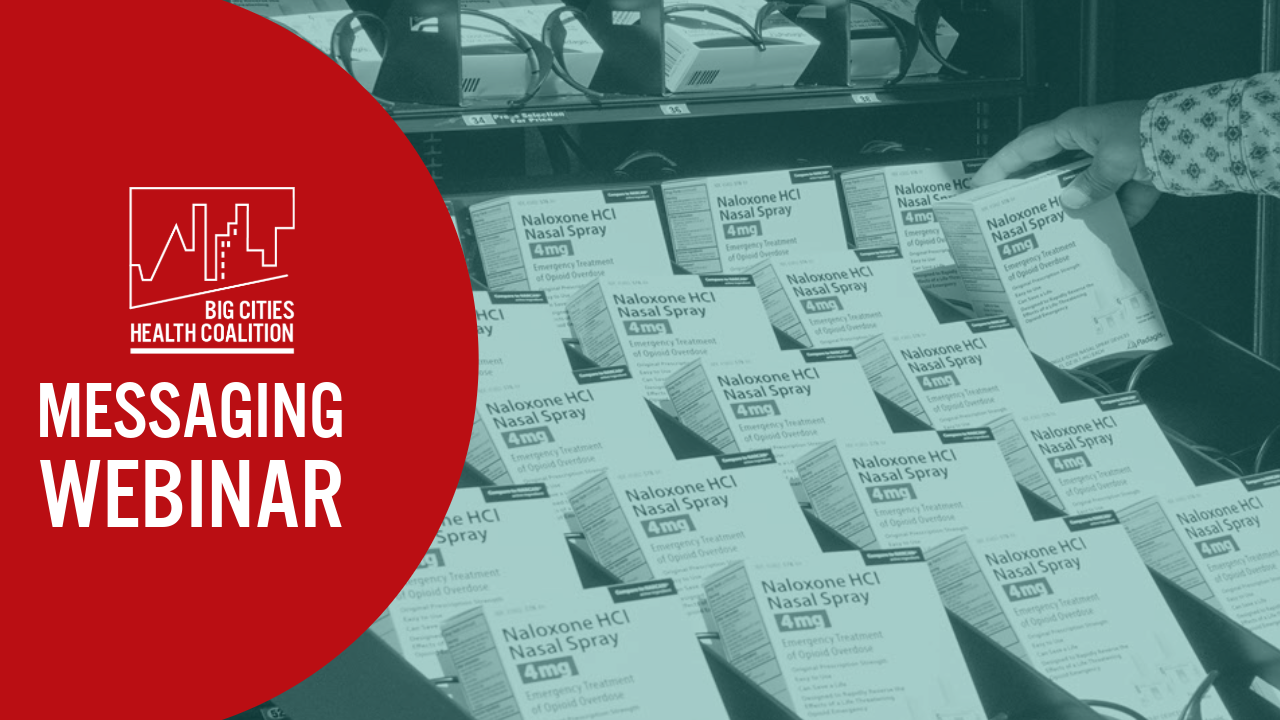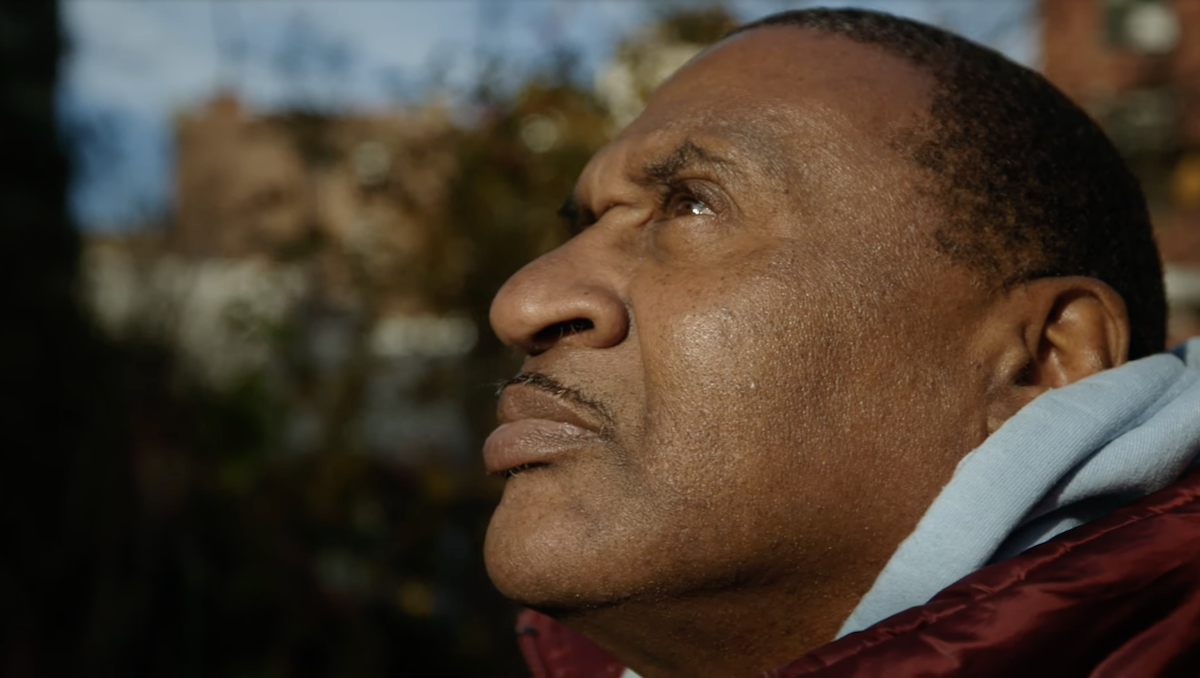What city residents really think about overdose prevention – and how to strengthen their support
August 2025
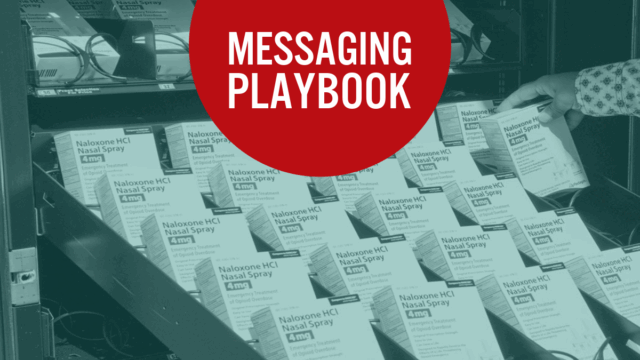
This playbook provides messaging strategies to further strengthen support from city residents for a public health approach to overdose.
Table of contents
Overview and main takeaways
The Big Cities Health Coalition polled residents in its member jurisdictions about their views on strategies to prevent overdose. Results show there is continued broad support for a public health approach to these challenges in 2025, just as our 2024 polling revealed.
The new poll focused on specific overdose prevention tools such as naloxone and fentanyl test strips distribution, and the availability of overdose prevention centers.
We learned that city residents broadly support the use of these tools, especially where they see a clear connection to saving lives and providing drug users with a bridge to recovery.
Polling highlighted that first-person stories from people who have benefited from these resources, particularly in video format, are effective for strengthening public support.
Watch our Sept. 10 webinar
Winning messages
City residents chose the following messages as their top reasons to support a public health approach to drug overdose. The red highlighted phrases were marked as particularly positive or compelling by respondents.
Complete strategy
There are multiple causes behind the overdose crisis, so we need a complete strategy that includes short-term and long-term solutions. Cities that accept this reality are making real progress by embracing a complete strategy that includes saving lives in the short term with naloxone, fentanyl test strips, and overdose prevention centers, while in the long term, expanding mental health and substance use treatment options, increasing affordable housing, and creating more well-paying jobs.
Bridge to recovery
Not everyone will be ready for treatment to help them overcome an addiction. But we all know how much someone’s circumstances can change in a month or a year, and by then they may be more willing to accept help. These actions give people the chance to get to that next day, next month, or next year so they can get help when they are ready to.
Saving lives
Let’s face it: people didn’t start using drugs because naloxone and fentanyl test strips are available. But they are living to see another day because naloxone and fentanyl test strips are available. That’s another day when health workers can get them the help they need, including appropriate treatment.
Safety tool
We’re surrounded by all sorts of danger every day and we keep tools on hand to protect us in case the worst happens. Fastening our seat belt protects us in a car accident. Keeping smoke alarms working in our homes protects us in case of fire. Similarly, making naloxone and fentanyl test strips available to people who use drugs and other actions like these can save someone’s life if they overdose.
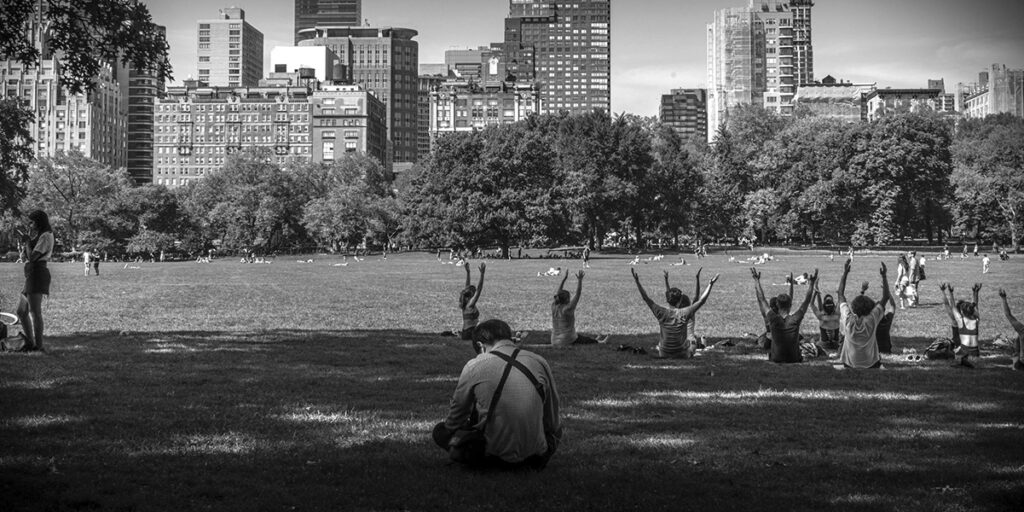
Strategic messaging recommendations
Moving residents from “probably” to “definitely” supporting overdose prevention actions is an important strategic step.
As you’ll see in the next section, city residents support public health work to prevent overdose – both on a general level, and when asked about specific actions. But this support could be considerably stronger. The recommendations we provide below can help strengthen this support among voters and policymakers.
At every point in the survey, voters find the lives saved via public health approaches to overdose credible and compelling. This impact should be the centerpiece of all communications.
While we did not specifically test response to the term harm reduction, our findings suggest that instead using the phrase overdose prevention whenever possible will encourage residents to think about how this work saves lives.
Namely, call out how they:
In our survey, half our respondents watched two short videos (one of which is embedded below) of people telling their own stories of how they benefited from public health overdose prevention work. These videos drove nearly all the positive movement toward support for overdose prevention actions.
Voters want policies that treat people who use drugs as human beings, so illustrating the real-world impacts of a public health approach to overdose prevention is compelling and transformative.
A recent study found that photographs of people in recovery may reduce stigma toward people who use drugs, but the photos had little impact on support for treatment or prevention programs. This suggests that stories, images, and particularly videos about people who have benefited specifically from naloxone and other public health approaches to preventing overdose will be necessary to solidify support for these programs.
Click the arrow to view Terrell’s story. Learn more about this Vital Strategies campaign.
City residents’ attitudes toward overdose and prevention
City residents are very concerned about homelessness, drug use, and crime. They are also solidly convinced that solving these issues must involve “fixing the foundations” (a public health approach) more than “getting tough” (a law enforcement approach).
In fact, by at least a 2-to-1 margin, they favor treating drug addiction and overdose as a health issue rather than a criminal one. Polling from 2024 had similar findings.
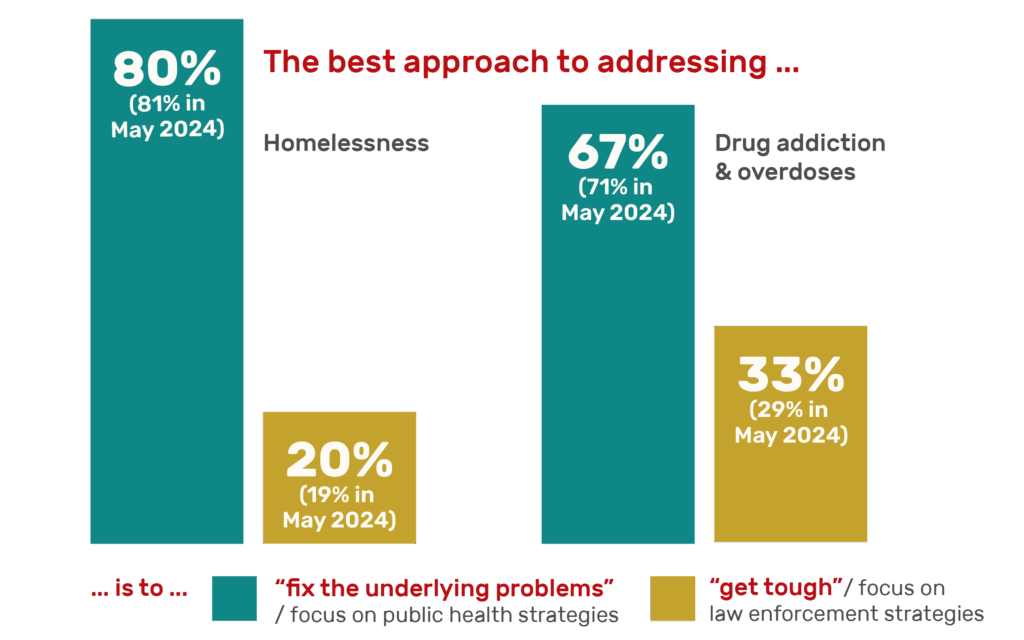
City residents are split: about half see drug use primarily as a personal choice, and close to half see it primarily as a health problem. Still, even with that divide, most residents agree that cities should respond to drug addiction and overdoses with a public health approach, not a punitive one.
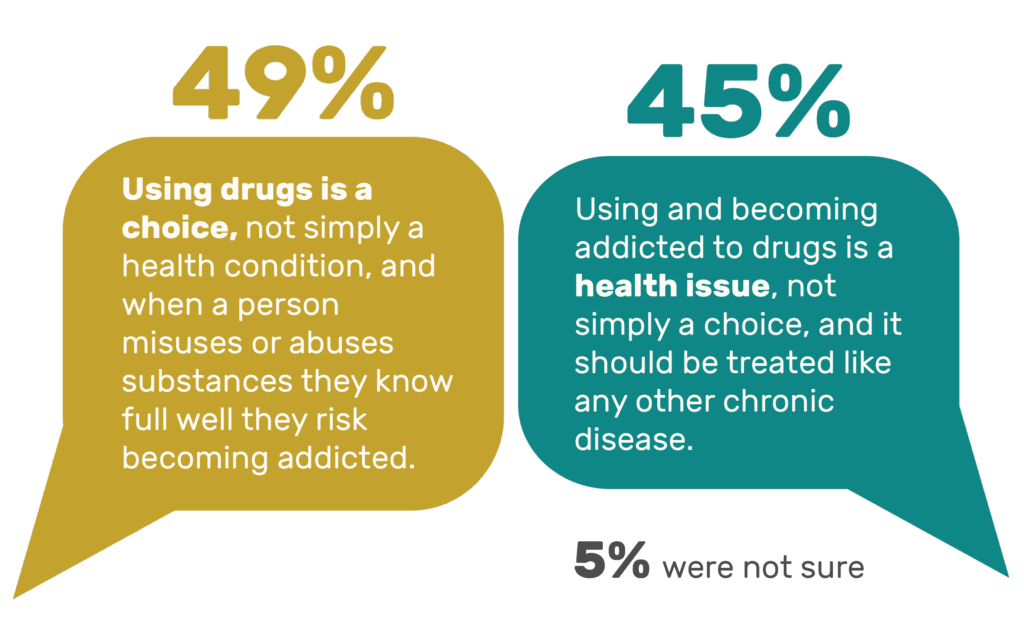
When we ask about specific resources – such as naloxone, fentanyl test strips, medications to treat addiction, and overdose prevention centers – most people say they’re at least somewhat comfortable with each of them. Among these, naloxone, test strips, and treatment medications stand out as the most accepted. When we talk about a public health response to overdose prevention more broadly, support is also high: nearly eight in 10 say their city should use it.
However, that support is soft. Only about a third say they “definitely” support it, while another third say they “probably” do. The same pattern shows up when we ask about individual harm reduction strategies – lots of people say they’re somewhat supportive, but it’s only for naloxone that a solid majority expresses strong enthusiasm.
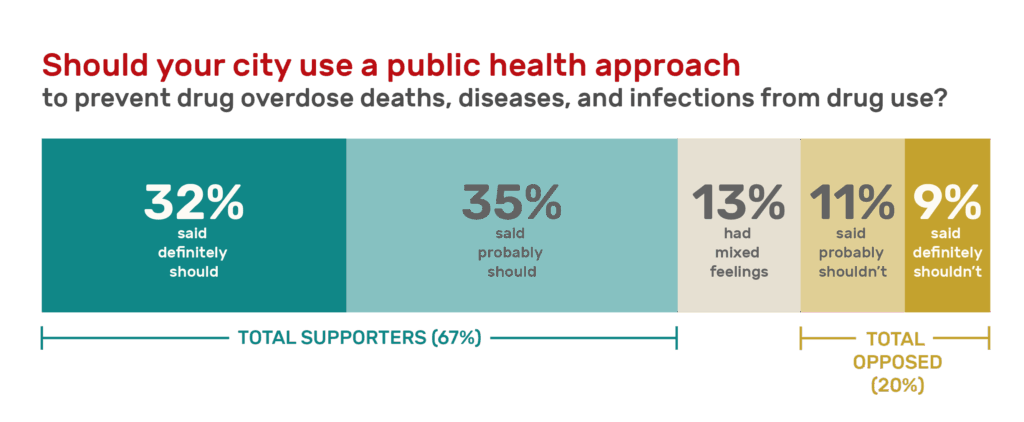
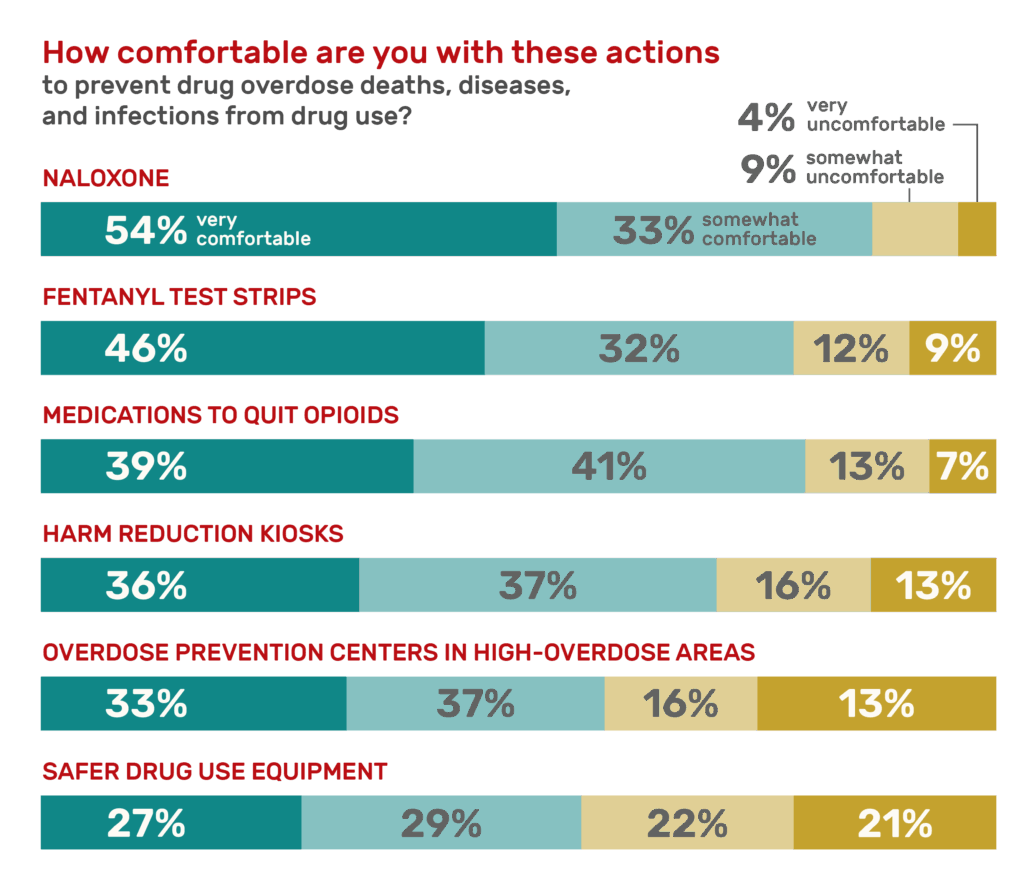
The prospect of saving lives is an especially strong motivator for those people who said their city should “probably” support public health overdose prevention.
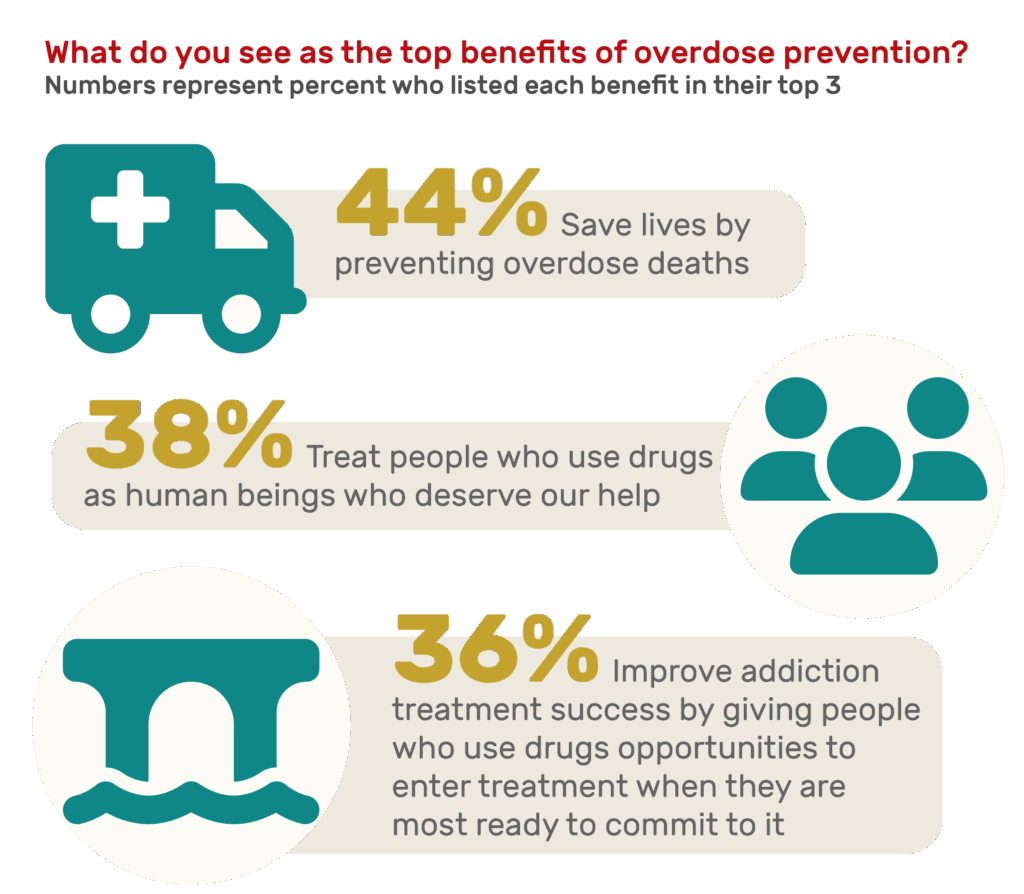
Voters want to save lives, but they are quite wary of actions they believe will “encourage drug use” in their neighborhoods. More than a third of residents find these criticisms “very convincing.”
Most city residents report not knowing much about local prevention strategies beyond naloxone. The majority (58%) said they had heard little or nothing about overdose prevention in their city, while only 19% said they knew a lot about this work.
This suggests that more extensive information campaigns about how and why overdose prevention works – using the messaging strategies recommended here – would help counter the “enabling” criticism. We recommend focusing these campaigns on people who view drug use as a choice.
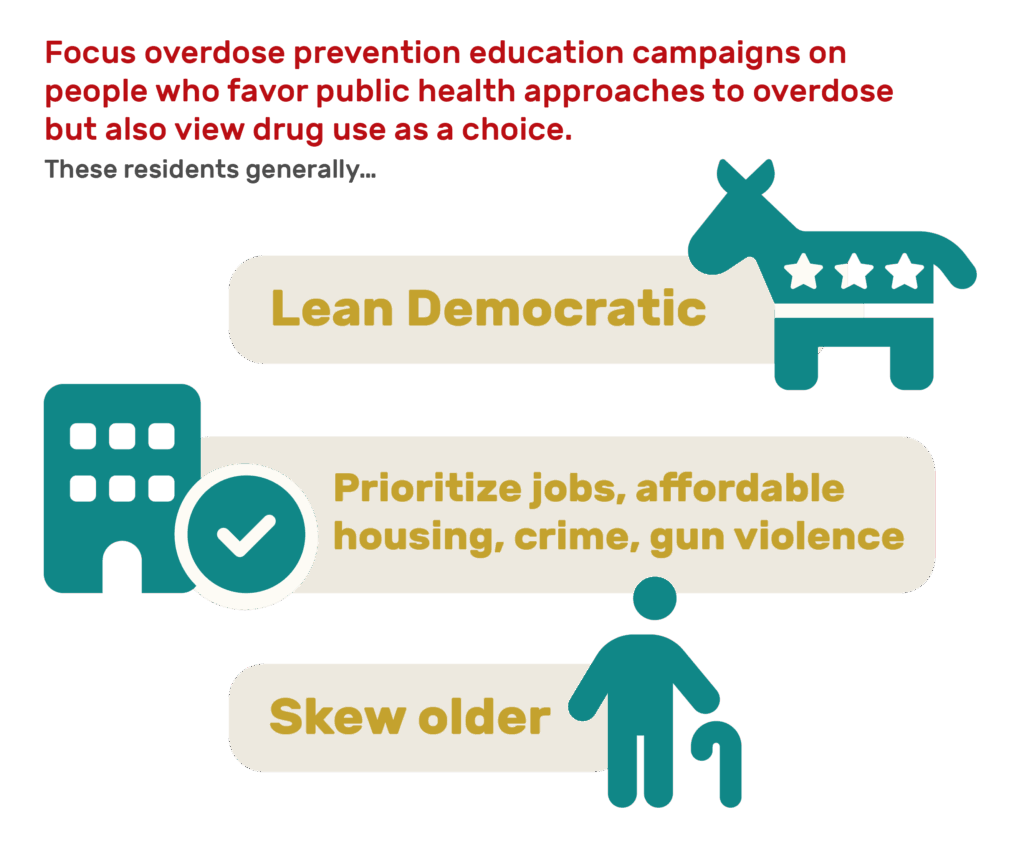

Resources
Downloads
PDF version of this playbook
Download now PDF version of this playbookRecommendations for federal policymakers
Download now Recommendations for federal policymakersRecommendations for local policymakers
Download now Recommendations for local policymakersExisting campaigns that follow these guidelines
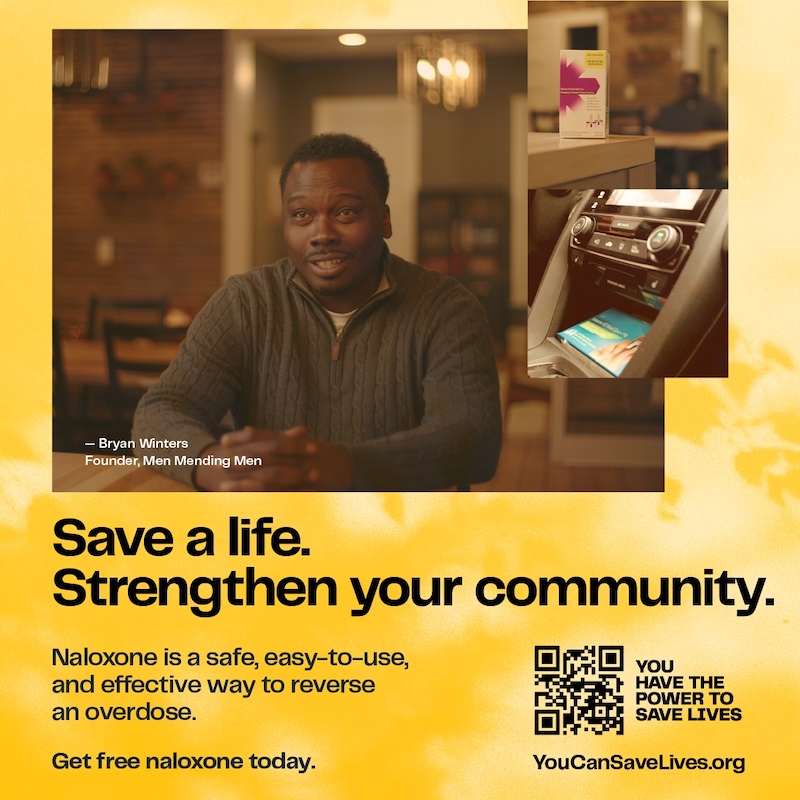
“You Can Save Lives” (National Black Harm Reduction Network / Vital Strategies)
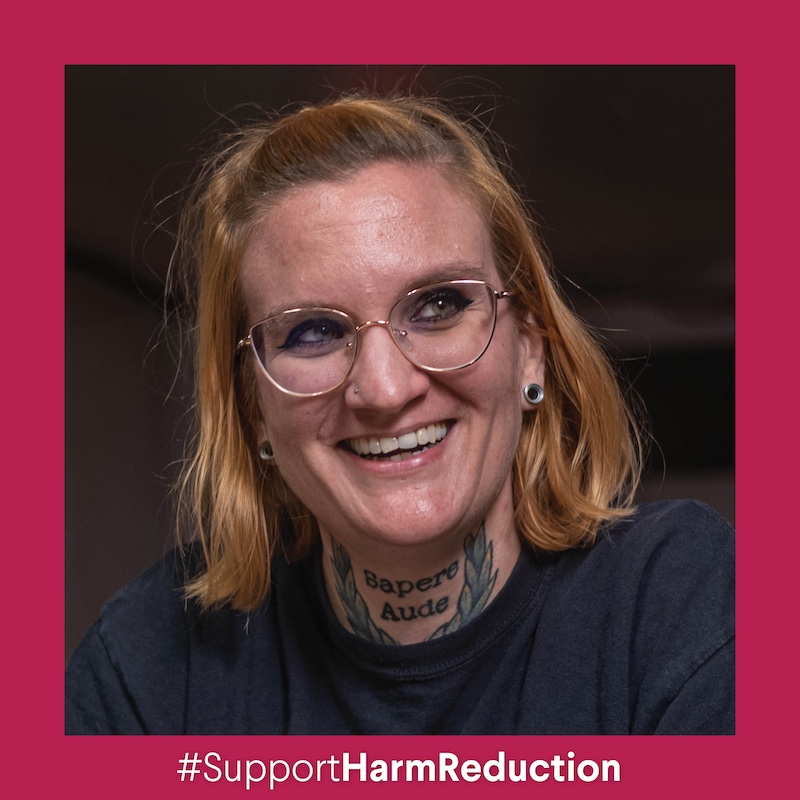
“Support Harm Reduction” (Vital Strategies)
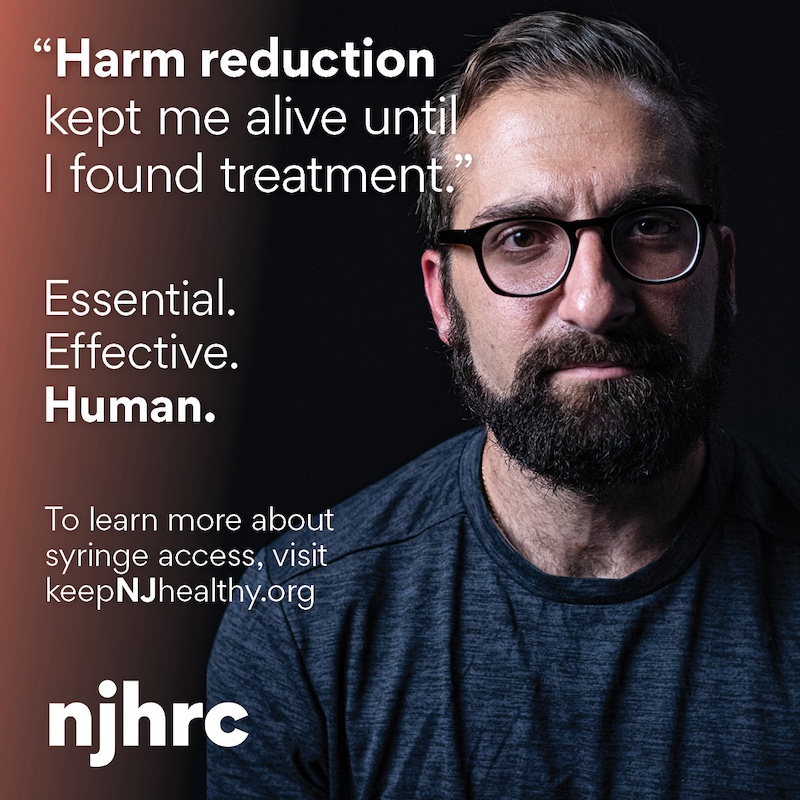
“Keep NJ Healthy” (New Jersey Harm Reduction Coalition / Vital Strategies)
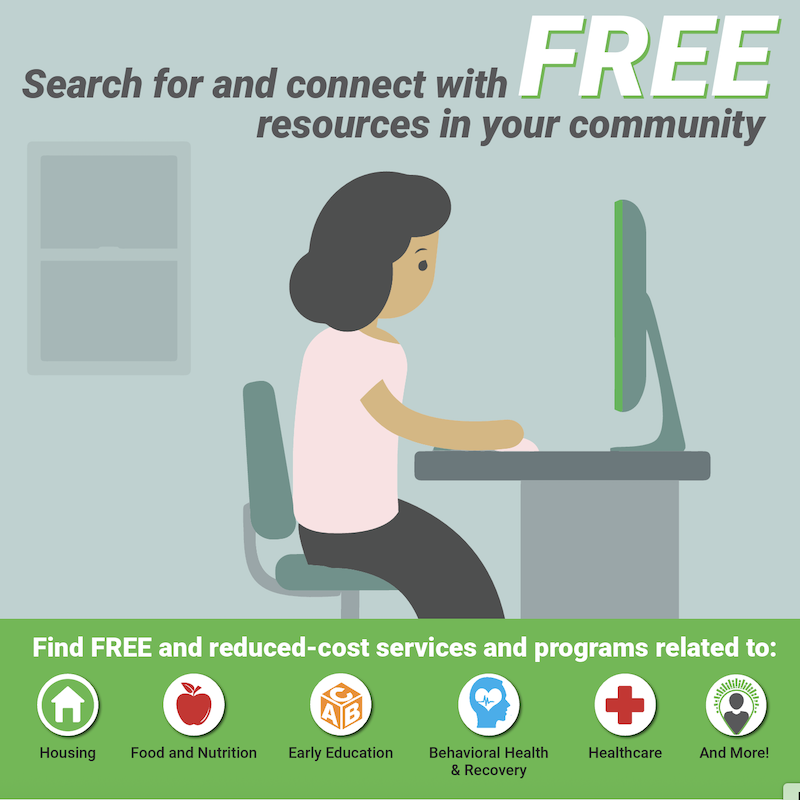
“Break the Stigma” (413 Cares)
Methodology
BCHC partnered with Hart Research on the polling design and analysis. The results are based on an online survey with 1,004 respondents, a representative sample across BCHC’s 35 member cities conducted in March 2025. Credibility interval is ±3.09 percentage points for the full sample.
These findings are based on polling conducted across BCHC’s 35 member cities, whose 61 million residents make up about one-fifth of the US population.
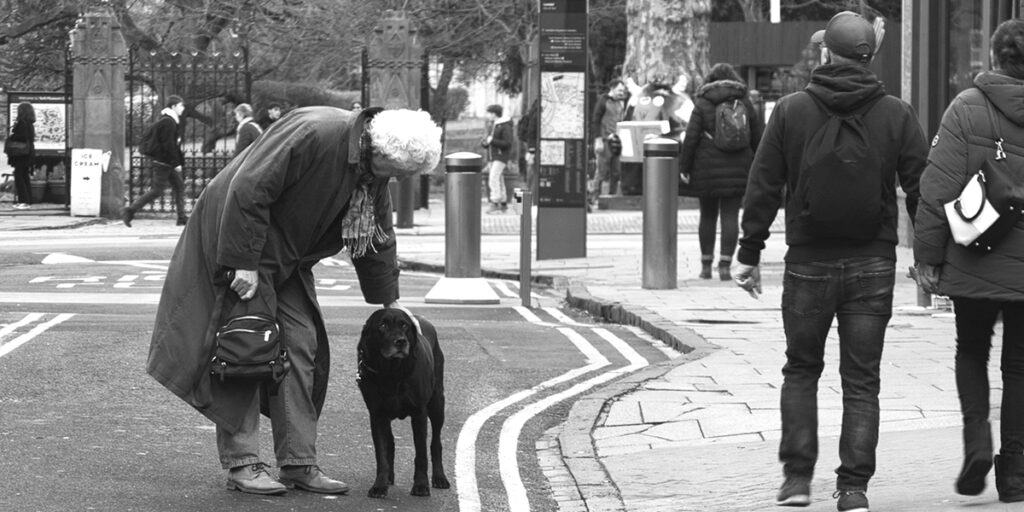
About this project
BCHC thanks our partners and primary funder, Vital Strategies, for continuing to support this important work.
The Big Cities Health Coalition (BCHC) is a forum for the leaders of America’s largest metropolitan health departments to exchange strategies and jointly address issues to promote and protect the health and safety of their residents. Collectively, BCHC’s 35 member jurisdictions directly impact more than 61 million people, or one in five Americans.
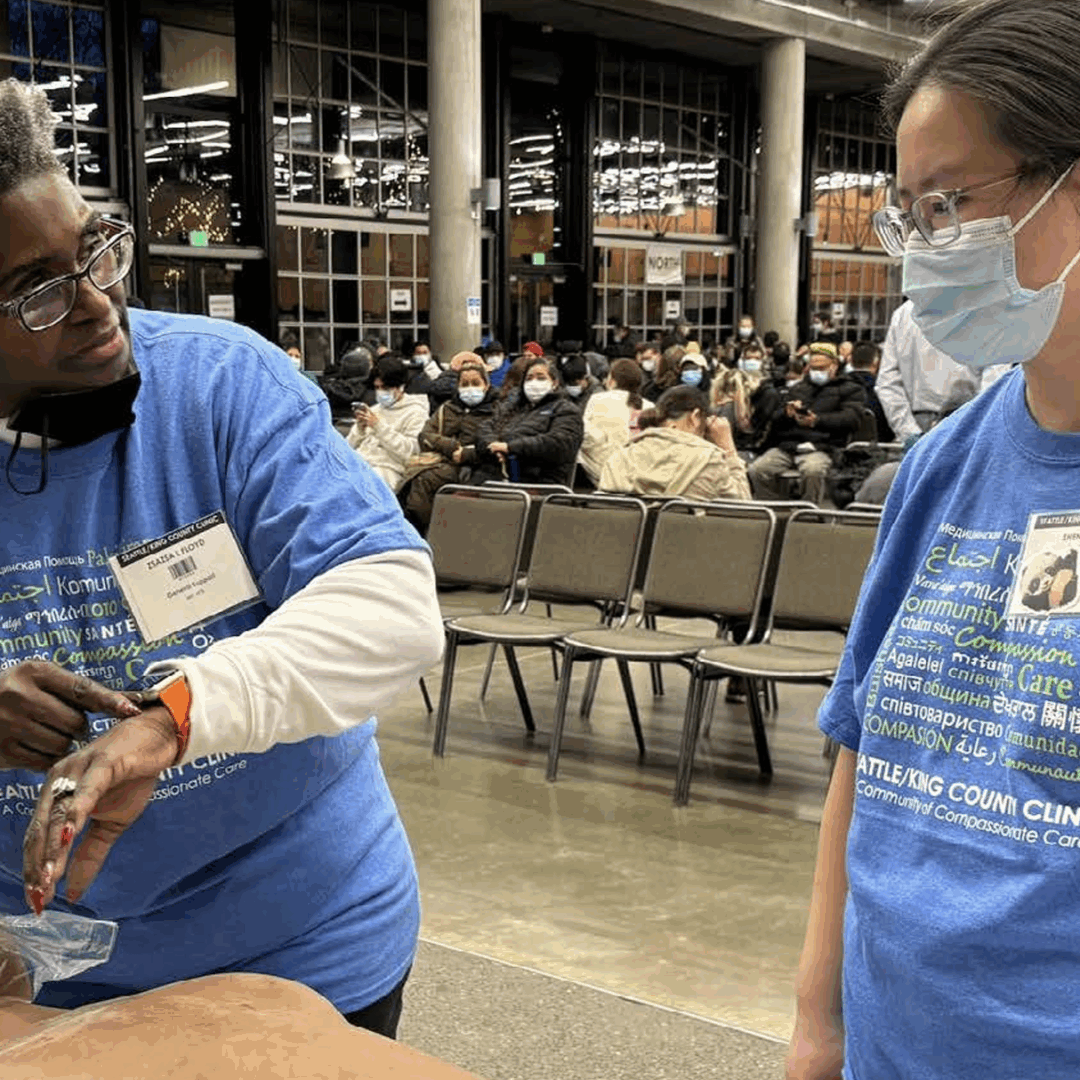
Report
City residents support public health approaches to drug use, homelessness: a messaging playbook
Get our previous messaging guide for a broader picture of how city residents understand drug overdose and related issues.
